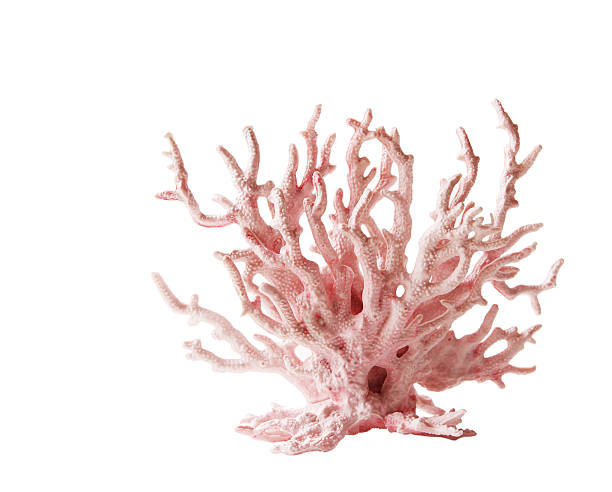Coral reefs, often referred to as the "rainforests of the sea," are among the most diverse and vibrant ecosystems on Earth. Found in warm, shallow ocean waters, these underwater gardens boast a remarkable variety of life forms that depend on them for shelter, food, and breeding grounds. Their complex structures, created by the calcium carbonate skeletons of tiny coral polyps, provide essential habitat for countless species, making reefs crucial to marine biodiversity.
The Rich Ecosystem of Coral Reefs
Coral reefs are teeming with life, from the smallest microscopic organisms to large marine creatures. This rich biodiversity is supported by the intricate physical structure of the reefs, which creates numerous niches and microhabitats. Fish species, such as clownfish, parrotfish, and butterflyfish, find refuge among the corals, while invertebrates like sea anemones, starfish, and crabs thrive in the reef's nooks and crannies. The interactions between these species contribute to the health and stability of the entire ecosystem, with each organism playing a role in maintaining the balance of this delicate environment.
Symbiotic Relationships and Adaptations
One of the most fascinating aspects of coral reefs is the symbiotic relationships that exist between their inhabitants. Coral polyps, the builders of the reef, have a mutualistic relationship with zooxanthellae, microscopic algae that live within their tissues. These algae perform photosynthesis, providing essential nutrients to the corals in exchange for a protected environment and access to sunlight. Additionally, many reef fish have evolved unique adaptations to navigate and survive within this vibrant habitat. For example, the camouflage abilities of certain fish and the cleaning symbiosis between cleaner shrimp and fish highlight the complex interdependencies within the reef ecosystem.
The Threats Facing Coral Reefs
Despite their resilience, coral reefs are facing numerous threats that jeopardize their survival. Climate change, characterized by rising sea temperatures and ocean acidification, is causing widespread coral bleaching and weakening reef structures. Overfishing, pollution, and coastal development also contribute to the degradation of these vital ecosystems. Protecting coral reefs requires global efforts to mitigate these threats, including sustainable fishing practices, reducing carbon emissions, and promoting marine conservation initiatives. Preserving coral reefs is not only essential for the countless species that depend on them but also for the overall health of the oceans and the benefits they provide to human communities.
Conclusion
Coral reefs are among the most biologically diverse and ecologically important environments on our planet. Their intricate ecosystems support a vast array of marine life, showcasing the beauty and complexity of nature. However, the challenges they face from human activities and environmental changes necessitate immediate and concerted conservation efforts. By understanding and valuing the significance of coral reefs, we can work towards ensuring their protection and preservation for future generations.





Comments